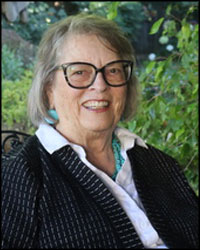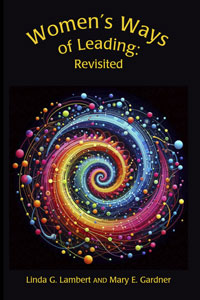Articles
« Older EntriesNorman Mailer calls it “Faction”
Tuesday, October 29th, 2013
Having now written three historical novels—the third in manuscript form: A Rapture of Ravens: Awakening in Taos—readers pose the inevitably question: What part is fact? What part fiction? Mailer calls this finely blended potion, “Faction,” composed of “fact” and “fiction.” As he phrased it: that “hybrid of documented fact and novelistic elaboration.”
It puzzles me as well. Let me just say that I know the difference–most of the time. (My husband, Morgan, playfully accuses me of not being sure where that line is.) In each of the novels….here is what is true, or true as commonly believed and practiced:
• the history and historical characters
• religious beliefs, rituals, and institutions
• political themes and issues
• cuisine, arts, and entertainment
• geography, locales, plants, animals
• climate, including many extremes
• many of the current characters—and those I clarify in author’s notes
For instance: In The Cairo Codex, the crypt under St. Sergius Church was once a cave and considered a stopping place for the Holy Family, or believed so by many…but whether there was a codex hidden in those ancient walls…ummmmm.
Posted in Arab press, Articles, Egypt, Fiction, Italy, Taos, Travel | No Comments » | Leave a Comment




